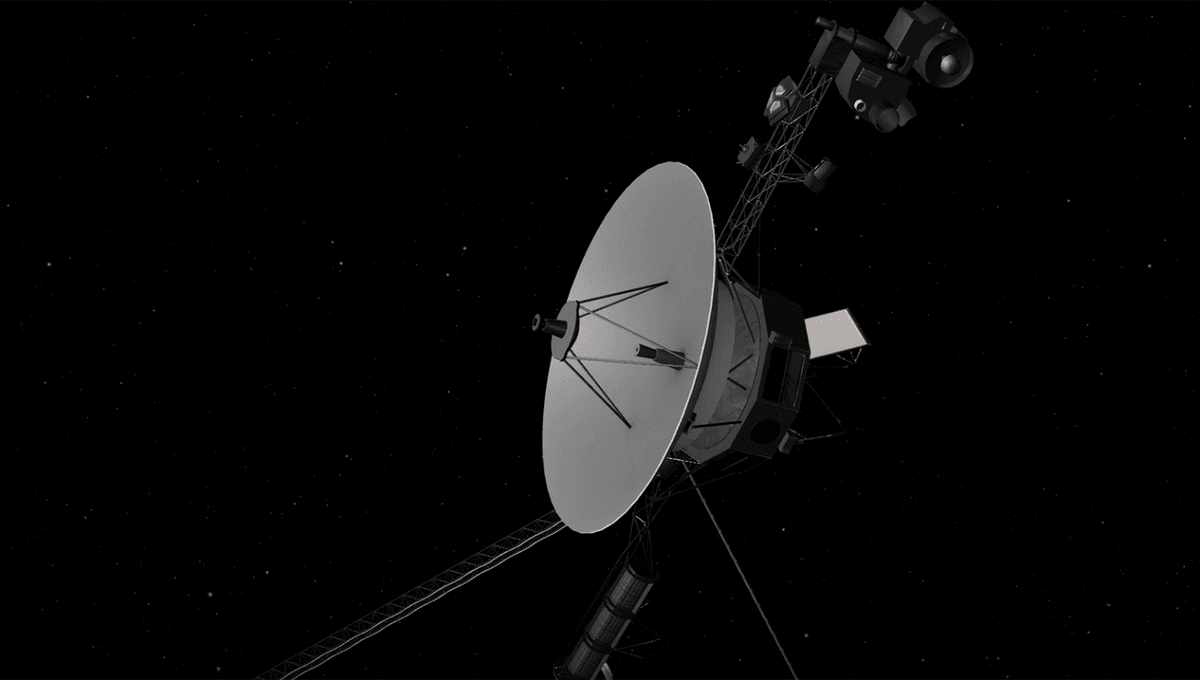
Voyager 1 continues to amaze. After 47 years, having crossed together with its twin into interstellar space, you’d think the spacecraft would stop surprising us. No chance. The probe had another glitch in the last few weeks that caused a loss of communication, but it managed to find a fix all by itself using hardware that had not been used since 1981.
The probe is more than 24 billion kilometers (15 billion miles) from Earth. It takes over 22 and a half hours for a signal to get to the spacecraft or come from it. On October 16, the ground team asked the spacecraft to turn on one of its heaters. Voyager 1 gets really cold out there and to work its internal system, it needs to be kept warm. The spacecraft is powered by radioactivity, and while the energy source is depleting, it still had plenty of juice for heating.
But something went wrong. On October 18, the spacecraft did not respond. Voyager 1 uses an X-band radio transmitter to communicate with the Deep Space Network. The mission team knows its spacecraft and worked out that the command might have triggered the fault protection system, leading to a lower rate of data transmission with a change to the signal from the X-band transmitter.
The team searched for that signal and were able to find it. The situation was a bit of a hiccup, but didn’t seem to cause any alarm. Not like last year, when the spacecraft started producing gibberish.
With that in mind, the team started to look deeper. Then, on October 19, in a concerning development, the signal stopped altogether. Luckily, Voyager 1’s onboard computer somehow found a solution – a truly left-field one.
“The flight team suspected that Voyager 1’s fault protection system was triggered twice more and that it turned off the X-band transmitter and switched to a second radio transmitter called the S-band,” NASA’s Tony Greicius writes in the Voyager Blog.
“While the S-band uses less power, Voyager 1 had not used it to communicate with Earth since 1981. It uses a different frequency than the X-band transmitters signal is significantly fainter. The flight team was not certain the S-band could be detected at Earth due to the spacecraft’s distance, but engineers with the Deep Space Network were able to find it.”
The team has confirmed that the S-band transmitter is working well, even after all this time and at such an incredible distance. They are currently working to restore the spacecraft to its normal operations.
Everything about the Voyager probes continues to be a testament to the engineering team that designed them and those who keep working on them. The fact that they are still going is truly exceptional.
Source Link: Voyager 1 Just Phoned Home From 24 Billion Kilometers Away On A Transmitter Not Used Since 1981